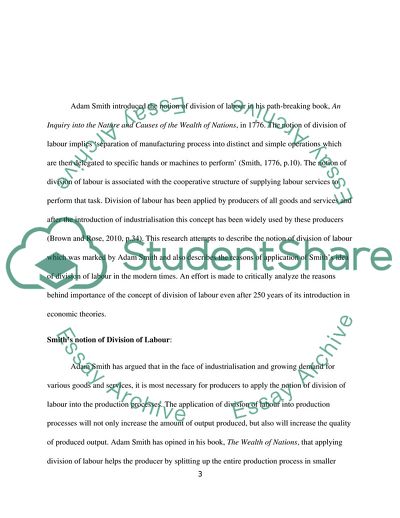Cite this document
(Why is Smith's work on the division of labour still of interest after Assignment - 1, n.d.)
Why is Smith's work on the division of labour still of interest after Assignment - 1. https://studentshare.org/macro-microeconomics/1766725-why-is-smiths-work-on-the-division-of-labour-still-of-interest-after-almost-250-years
Why is Smith's work on the division of labour still of interest after Assignment - 1. https://studentshare.org/macro-microeconomics/1766725-why-is-smiths-work-on-the-division-of-labour-still-of-interest-after-almost-250-years
(Why Is Smith'S Work on the Division of Labour Still of Interest After Assignment - 1)
Why Is Smith'S Work on the Division of Labour Still of Interest After Assignment - 1. https://studentshare.org/macro-microeconomics/1766725-why-is-smiths-work-on-the-division-of-labour-still-of-interest-after-almost-250-years.
Why Is Smith'S Work on the Division of Labour Still of Interest After Assignment - 1. https://studentshare.org/macro-microeconomics/1766725-why-is-smiths-work-on-the-division-of-labour-still-of-interest-after-almost-250-years.
“Why Is Smith'S Work on the Division of Labour Still of Interest After Assignment - 1”. https://studentshare.org/macro-microeconomics/1766725-why-is-smiths-work-on-the-division-of-labour-still-of-interest-after-almost-250-years.


